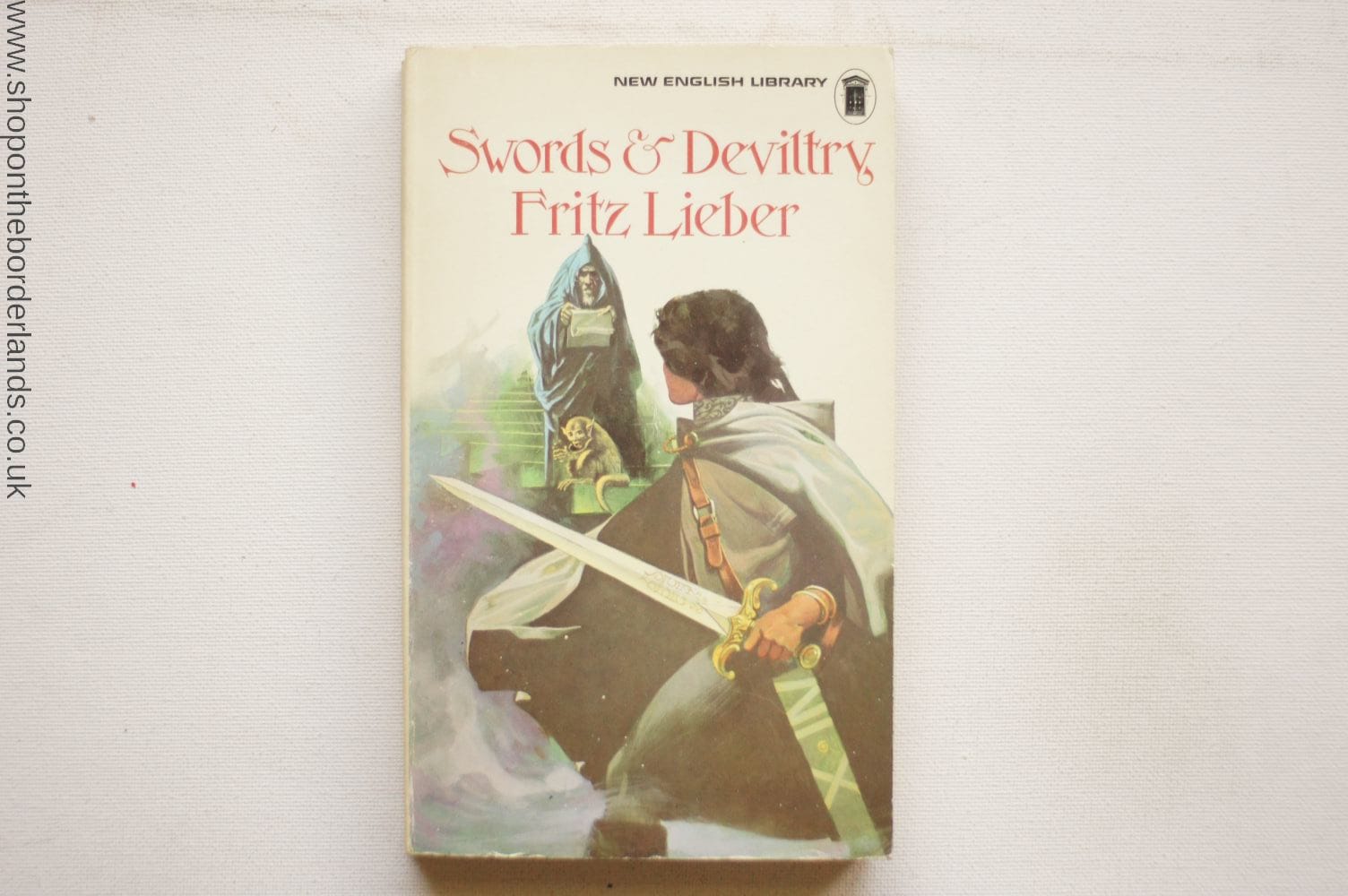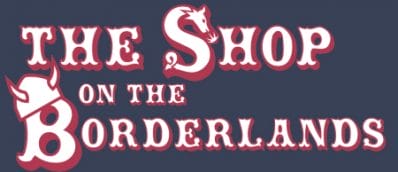When Gary Gygax wrote the 1st edition AD&D Dungeon Master’s Guide, he filled it with all sorts of useful guidance (and, to be fair, a certain amount of probably extraneous detail). Sandwiched in between Appendix M: Summoned Monsters and Appendix O: Encumbrance of Standard Items is the famous Appendix N: Inspirational and Educational Reading:
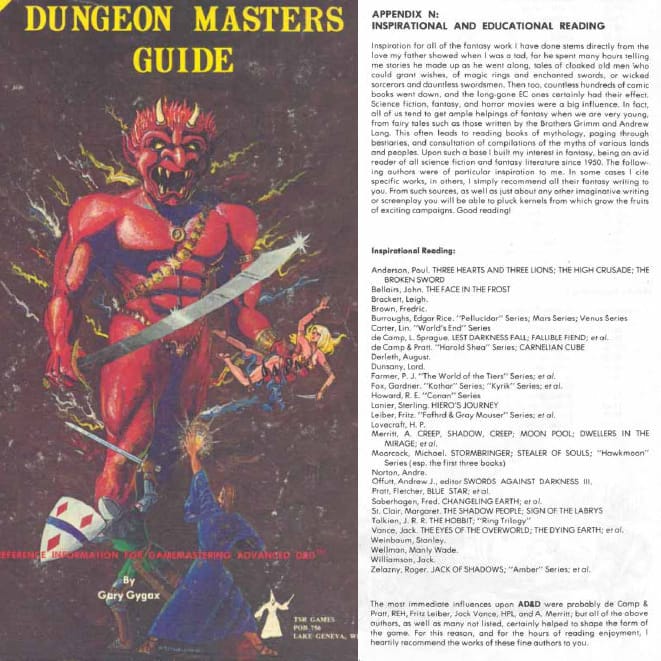
The DMG was first published in 1979, and Gygax no doubt included works in Appendix N that he’d read years before. The list can look strange to a modern fantasy reader – it’s full of pretty obscure titles, while there is no mention of many of the more popular fantasies that we would think of today.
While it’s true that many now-famous examples of fantasy literature were published after 1979, not all were. The first Earthsea book was published in 1964, and the first Shannara book in 1977. But arguably most of the titles in Gygax’s list are rather different in their style of fantasy from Earthsea and Shannara.
You see, with the exception of Tolkien’s The Lord of the Rings (or, as Gygax mistakenly refers to it, the “Ring Trilogy”) and some works by Lord Dunsany, these Appendix N works are not epic ‘high’ fantasy. What they mostly are is “swords & sorcery”.
So how is “swords & sorcery” different from “epic fantasy”? Well, the stories are shorter (less “epic”, naturally). The cast of characters is smaller. The stories are action-packed and fast-paced. The danger tends to centre on the protagonists only, not the entire world. Warriors tend to be brave, thieves tend to be quick, wizards tend to be evil and princesses tend to need rescuing.
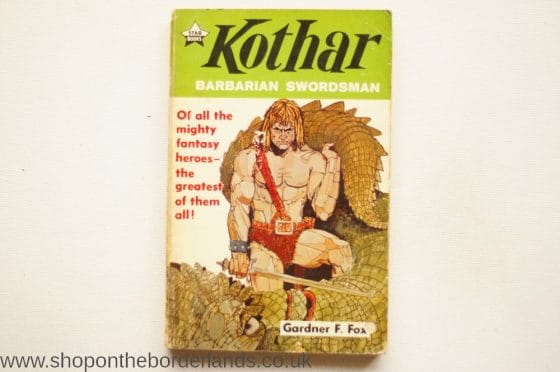
That distinction between swords & sorcery and epic high fantasy is important in the history of D&D and other fantasy RPGs. It’s clear from Appendix N, and from early modules like the Giants series or Tomb of Horrors, that Gygax intended D&D to reflect swords & sorcery. However, by the time D&D went really big in the 1980s (when yours truly started playing), swords & sorcery literature had gone out of fashion, and epic high fantasy was in the ascendancy. If you’d gone into a branch of W.H. Smith in 1984, you’d have found The Lord of the Rings, and Thomas Covenant, and Sword of Shannara, and The Belgariad, but probably nothing by L. Sprague de Camp or Fritz Leiber. There might have been a Conan book, but it was probably a movie tie-in.
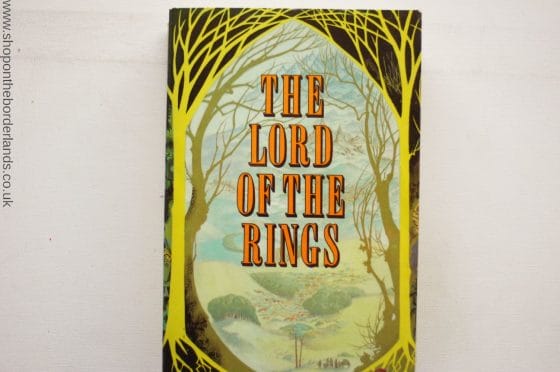
Now most of my first D&D group had already read, or were in the process of reading, LotR. Some of us were already moving on to The Silmarillion and Thomas Covenant. So it seemed perfectly natural that our D&D campaign was epic fantasy. There’s no wrong way to play D&D, but clearly we weren’t doing D&D in the Gygaxian ‘Appendix N’ fashion. But then we didn’t really know any better, because we’d been brought up on epic fantasy, not swords & sorcery.
But then Dragonlance arrived.
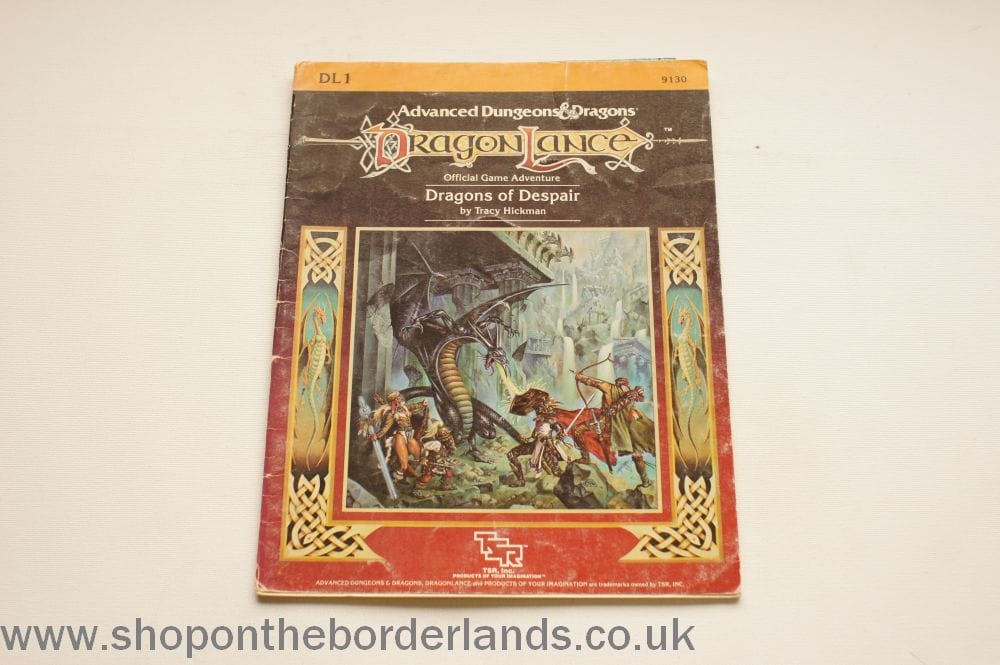
My group didn’t play it, but we could have done. The sort of adventures that Tanis and Raistlin and Flint and company have in Dragonlance are the sort of adventures that Talon and Gelfin and Damark had in that first campaign that I played in. Dragonlance was a series of AD&D modules and a series of novels (that you’d find in W.H. Smith), and it was absolutely epic high fantasy. Because of that, it’s really important in the history of D&D. After Dragonlance, epic fantasy themes come into published D&D more and more.
For what it’s worth, I think you can run both styles of fantasy with D&D.
But I digress. This blog post is supposed to be about Appendix N. If you look around on the internet, you’ll find plenty of other articles about Appendix N, including plenty of reviews of the (sometimes obscure) works listed. I would particularly recommend Jeffro Johnson’s work, including his excellent book “Appendix N: The Literary History of Dungeons & Dragons”. Johnson has a true appreciation for the style of writing typified by Appendix N, and for old school roleplaying.
What I thought would perhaps be more useful would be to look at the works from a roleplaying perspective. If you’re playing a paladin, which book should you read for inspiration? If you’re running a multi-level dungeon crawl, which book can you grab ideas from? That’s going to come in part 2 of this article. And then in part 3, we’ll take a look at other lists of inspirational literature for RPGs, from other early lists of fantasy literature to more modern lists, and other works that I have found to be inspirational in my own campaigns.
All this would be pointless if you couldn’t buy these books. Many of them (most of them to be honest) are out of print. However, what is The Shop on the Borderlands if not a place to find rare out-of-print books for roleplaying? So I invite you to browse our new “Appendix N and Other Inspirational Fantasy Literature” department…
